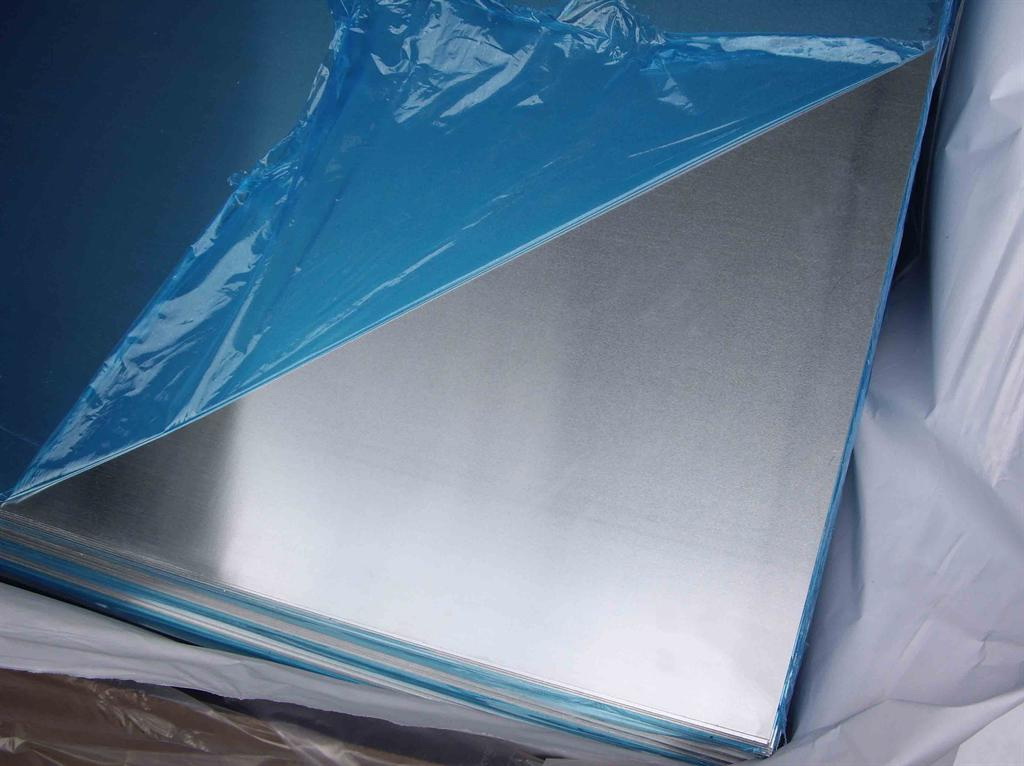PRODUCTS Categories
CONTACT US
- Phone:
- 86 17344894490
- Tel:
- 86 17344894490
- Email:
- business@signialuminium.com
- Add:
- Zhengzhou, Henan, China.
Company News
How to Control Current Density in Anodizing of Aluminum Plate
Time :2019-01-09
The current density of anodic oxidation of aluminium and its alloys is controlled between 1 and 1.5A/dm2 at normal temperature (about 20 C), except for special process formulation.
According to the temperature of solution, concentration of solution, shape of parts and other relevant technological conditions, the selection is made.
Under possible conditions, increasing the current density properly can accelerate the formation of the film, shorten the anodizing time, increase the porosity of the film and improve the coloring effect. However, when the current density continues to increase, the Joule heat will affect the process of anodic oxidation. The thermal effect in the hole of the film will increase and the local temperature will rise significantly, thus accelerating the dissolution rate of the oxide film and decreasing the film forming speed. The uneven current distribution will also be caused when complex parts are encountered, which will affect the coloring effect. There may also be loose oxide film, brittle, cracking or white marks on the surface of the workpiece, which is easy to erase, or ablation of the workpiece may occur in serious cases.

The growth rate of the film can be accelerated by choosing the appropriate current density in a certain range, but it will decrease when the current density exceeds a certain value.
According to the above rules, in order to ensure product quality and improve production efficiency, the following methods can be adopted.
When the cooling condition is good and the solution can meet the strong stirring, the upper limit of current density can be used to improve the working efficiency.
Under the condition of no cooling device and no strong stirring, although the temperature of the solution was moderate at that time, the current density should be controlled properly to prevent the quality problems caused by excessive heating in the process of anodic oxidation, and the parts may be ablated in serious cases. The most effective method is to reduce the volume current density.
Correct estimation of surface area of anodized parts is also an important condition for reasonable control of current density, which should be paid attention to.
The surface of the deep concave part of the anodized parts should be distributed with the same current density as other surfaces.
According to the temperature of solution, concentration of solution, shape of parts and other relevant technological conditions, the selection is made.
Under possible conditions, increasing the current density properly can accelerate the formation of the film, shorten the anodizing time, increase the porosity of the film and improve the coloring effect. However, when the current density continues to increase, the Joule heat will affect the process of anodic oxidation. The thermal effect in the hole of the film will increase and the local temperature will rise significantly, thus accelerating the dissolution rate of the oxide film and decreasing the film forming speed. The uneven current distribution will also be caused when complex parts are encountered, which will affect the coloring effect. There may also be loose oxide film, brittle, cracking or white marks on the surface of the workpiece, which is easy to erase, or ablation of the workpiece may occur in serious cases.

The growth rate of the film can be accelerated by choosing the appropriate current density in a certain range, but it will decrease when the current density exceeds a certain value.
According to the above rules, in order to ensure product quality and improve production efficiency, the following methods can be adopted.
When the cooling condition is good and the solution can meet the strong stirring, the upper limit of current density can be used to improve the working efficiency.
Under the condition of no cooling device and no strong stirring, although the temperature of the solution was moderate at that time, the current density should be controlled properly to prevent the quality problems caused by excessive heating in the process of anodic oxidation, and the parts may be ablated in serious cases. The most effective method is to reduce the volume current density.
Correct estimation of surface area of anodized parts is also an important condition for reasonable control of current density, which should be paid attention to.
The surface of the deep concave part of the anodized parts should be distributed with the same current density as other surfaces.









